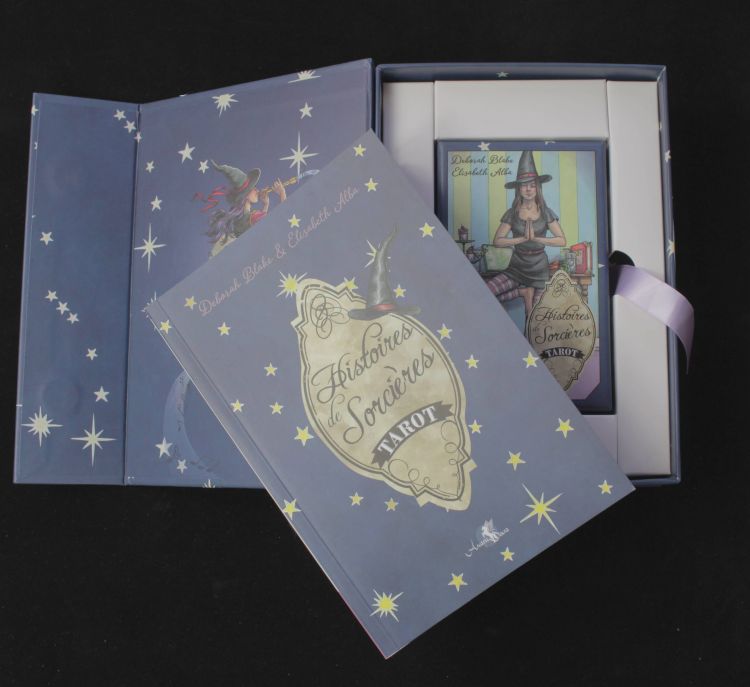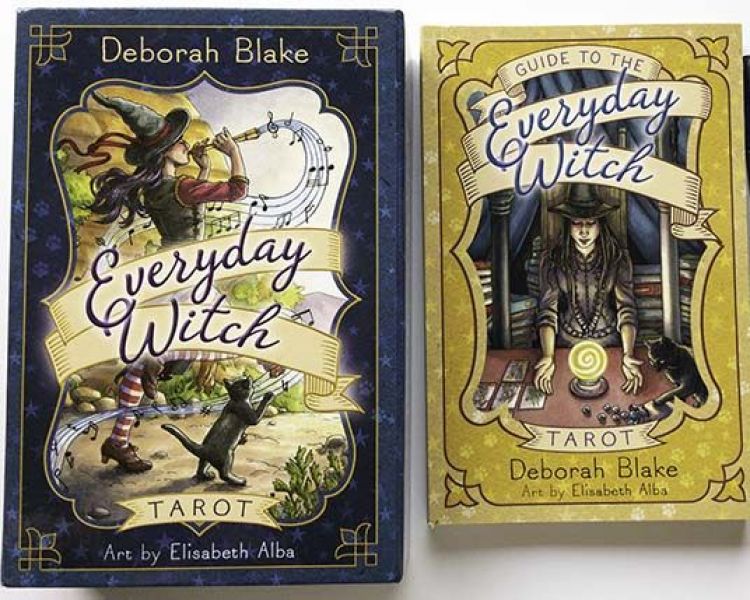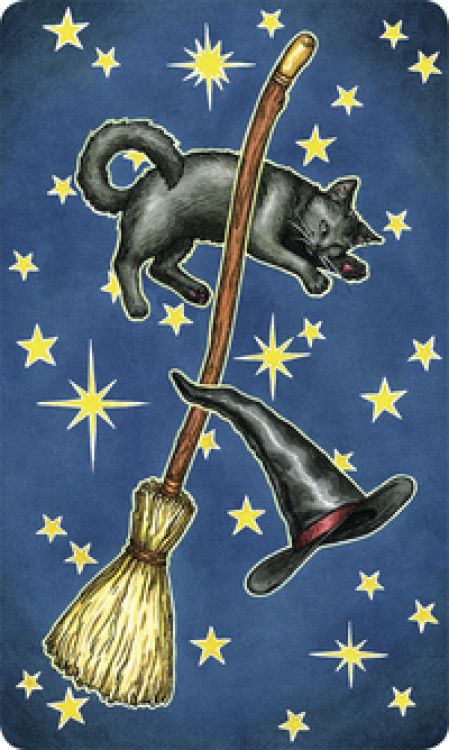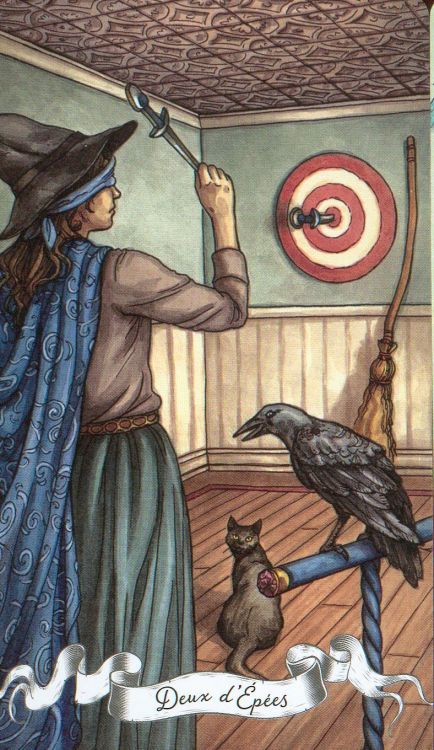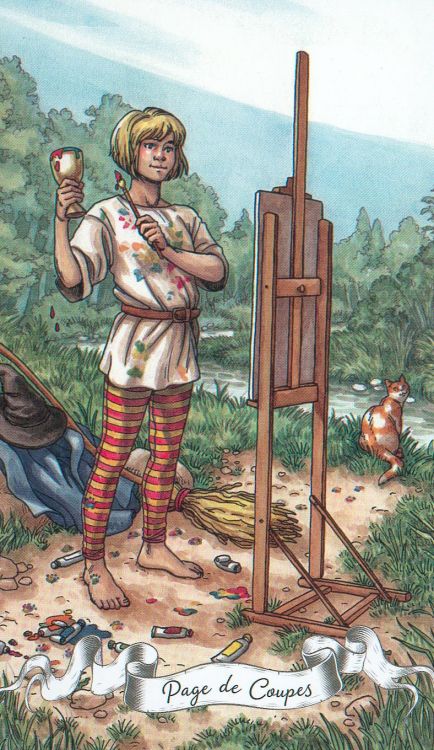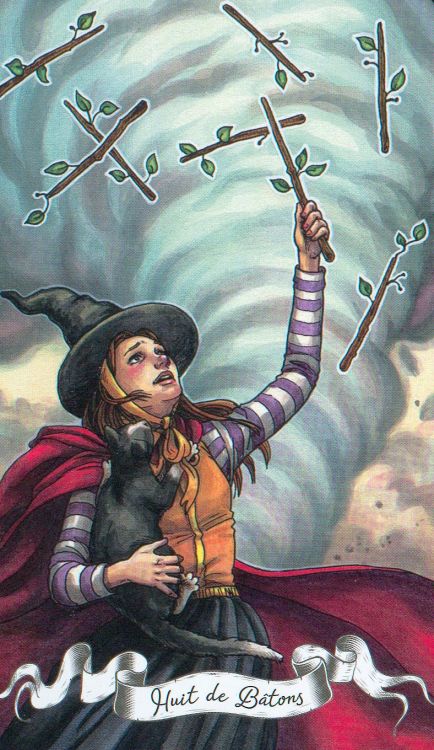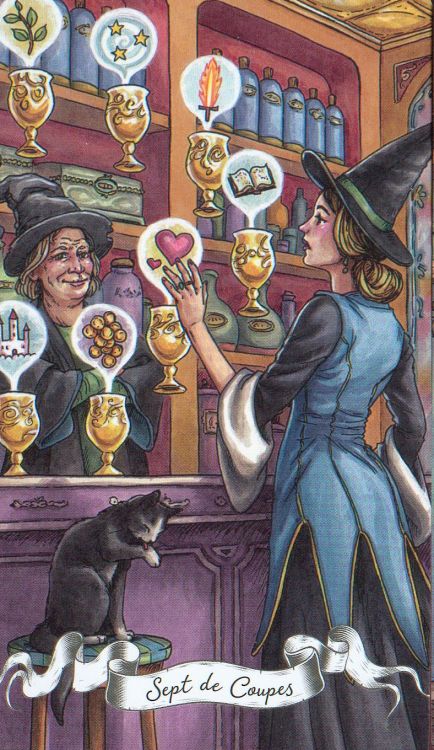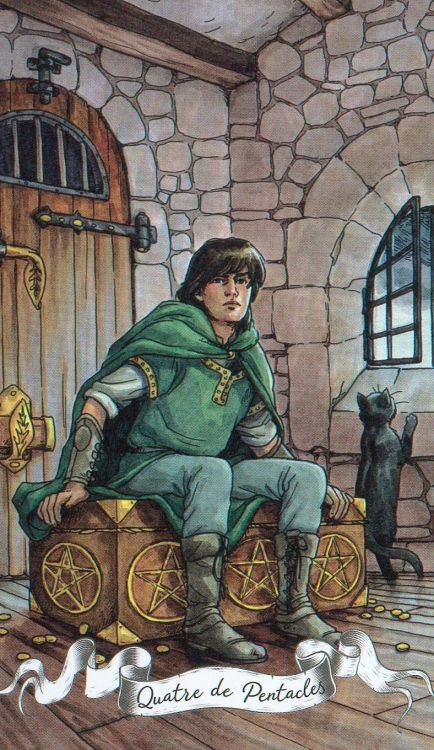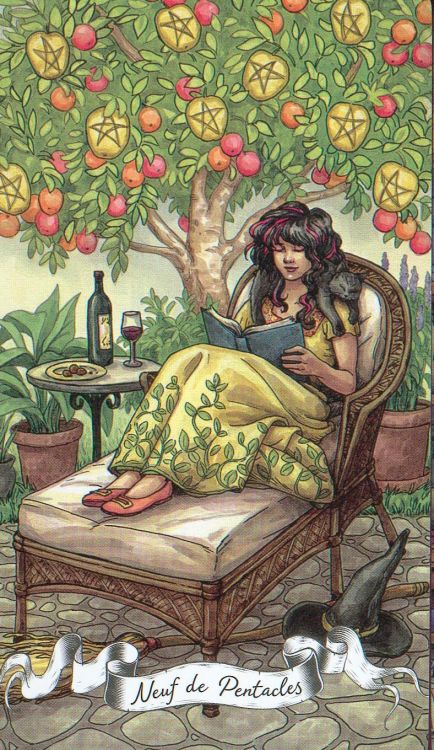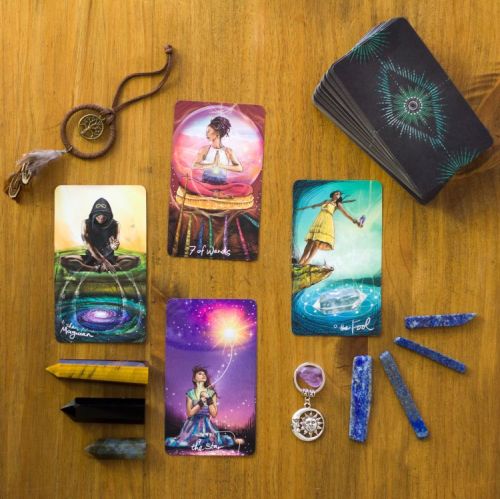The material is of very good quality, it is undeniable. However, I would like to point out that as many mass-market tarot cards, the deck is made in China. This probably explains why we have such a material at this price.
The authors produce a tarot with a light, positive atmosphere, attractive in its form. Even children can use such this tarot. In fact, it is perhaps the best deck that can be offered to a teenager who wants to learn how to read tarot.
The symbolic bases of this tarot are solid. The authors rely on the RWS tradition and I appreciate that they are renewing the visuals of the numeral cards and court cards. The scenes of life are easily understandable and the reading can be relatively intuitive even for the Major Arcana. This is probably one of the best RWS tarot cards that exists.
This deck is certainly one of the best that a beginner reader can acquire. It is simple but not simplistic.
However, the experienced practitioner may prefer a symbolic approach :
- more original as the "Tarot Wild Unknown",
- more precise, in this case he will have to start to be interested in the Tarot de Marseille, because this tarot "Everyday Witch" is one of the best Rider-Waite-Smith tarot, to go further, it is necessary to learn the other school (the TdM).
To learn more and deepen your knowledge of tarot, check out my article on the meanings of the 78 tarot cards or on the 22 Trumps (major arcana).
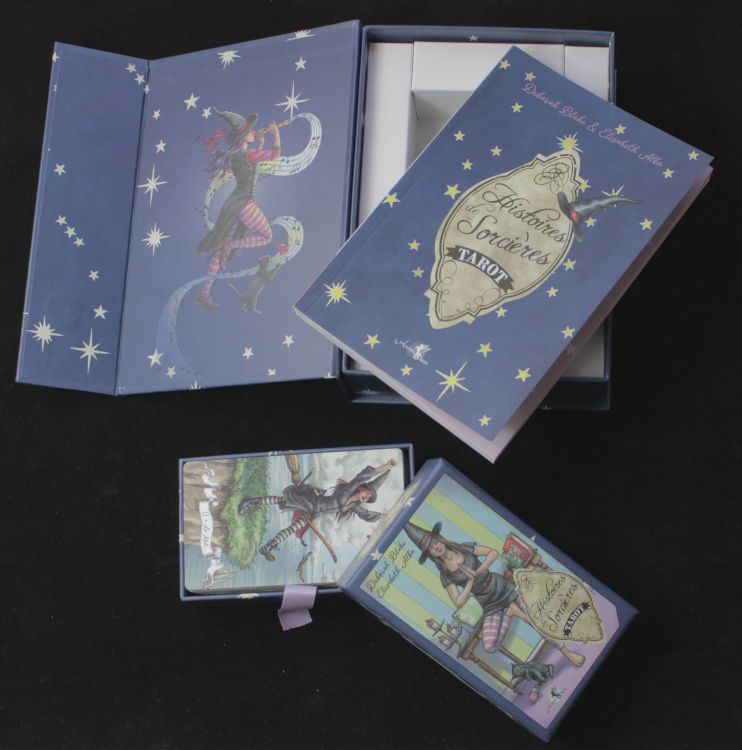
 Please note that this review is based on material and product in French. Depending on the edition you buy, the material could be identical, but also different on the packaging, the guidebook, the booklet, or the card stock . I'm sorry I can't systematically buy tarot cards and books in all editions (I don't receive gifts from publishers)! 😅
Please note that this review is based on material and product in French. Depending on the edition you buy, the material could be identical, but also different on the packaging, the guidebook, the booklet, or the card stock . I'm sorry I can't systematically buy tarot cards and books in all editions (I don't receive gifts from publishers)! 😅 